Sustainability Trends
Sustainability is becoming a pivotal factor in consumer purchasing decisions, significantly impacting the Whole Grain and High Fiber Food Market. As environmental concerns rise, consumers are increasingly favoring products that are sustainably sourced and produced. This shift is prompting manufacturers to adopt eco-friendly practices, such as using organic grains and reducing packaging waste. Market Research Future indicates that products marketed as sustainable are witnessing a growth rate of approximately 12% annually, reflecting a strong consumer preference for environmentally responsible options. This trend not only enhances brand loyalty but also positions whole grain and high fiber foods as a viable choice for environmentally conscious consumers.
Rising Fiber Awareness
The growing recognition of dietary fiber's importance in maintaining digestive health is significantly influencing the Whole Grain and High Fiber Food Market. Fiber is known to aid in digestion, promote satiety, and regulate blood sugar levels. As consumers become more educated about nutrition, the demand for high-fiber foods is surging. Market analysis suggests that products labeled as high in fiber are experiencing a notable increase in consumer preference, with sales figures indicating a rise of over 10% in the last year alone. This trend is likely to continue as more individuals seek to incorporate fiber-rich foods into their diets, thereby enhancing the overall market for whole grain and high fiber products.
Innovative Product Development
Innovation within the Whole Grain and High Fiber Food Market is a crucial driver, as manufacturers are increasingly introducing new and diverse products to meet evolving consumer preferences. The market has seen a surge in the development of whole grain snacks, cereals, and baked goods that cater to various dietary needs, including gluten-free and plant-based options. This diversification not only attracts a broader consumer base but also addresses specific health concerns, such as gluten intolerance and veganism. Recent data indicates that innovative product lines have contributed to a 15% increase in market share for whole grain foods, highlighting the importance of creativity in product offerings to sustain growth in this competitive landscape.
Health Benefits of Whole Grains
The increasing awareness of health benefits associated with whole grains is a primary driver for the Whole Grain and High Fiber Food Market. Whole grains are recognized for their role in reducing the risk of chronic diseases such as heart disease, diabetes, and obesity. Research indicates that diets rich in whole grains can lower cholesterol levels and improve digestive health. As consumers become more health-conscious, they are actively seeking products that contribute to their overall well-being. This trend is reflected in market data, which shows a steady increase in the sales of whole grain products, with a projected growth rate of approximately 8% annually. The emphasis on preventive health measures is likely to sustain this momentum, further propelling the demand for whole grain and high fiber foods.
Regulatory Support for Healthy Eating
Government initiatives promoting healthy eating habits are playing a vital role in shaping the Whole Grain and High Fiber Food Market. Various health organizations and regulatory bodies are advocating for increased consumption of whole grains and fiber as part of balanced diets. These initiatives often include educational campaigns and guidelines that encourage consumers to choose whole grain products. Recent statistics show that countries implementing such policies have experienced a 20% increase in whole grain consumption among their populations. This regulatory support not only raises awareness but also creates a favorable environment for the growth of the whole grain and high fiber food market, as consumers are more likely to follow dietary recommendations.


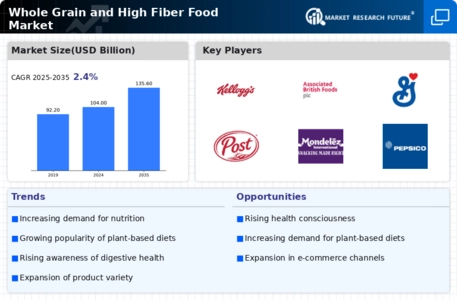
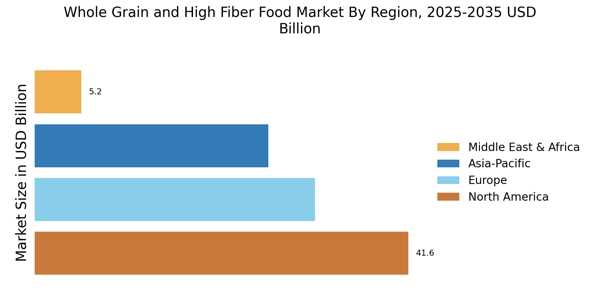
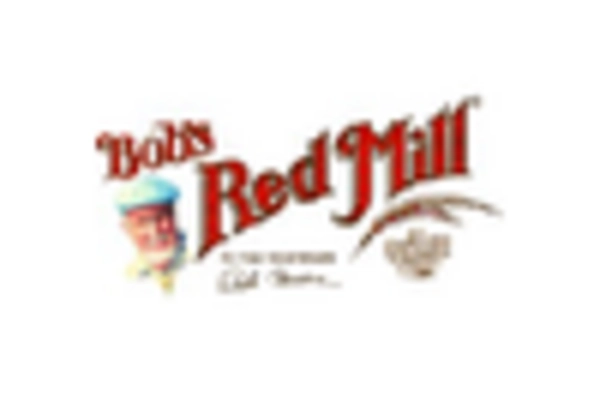

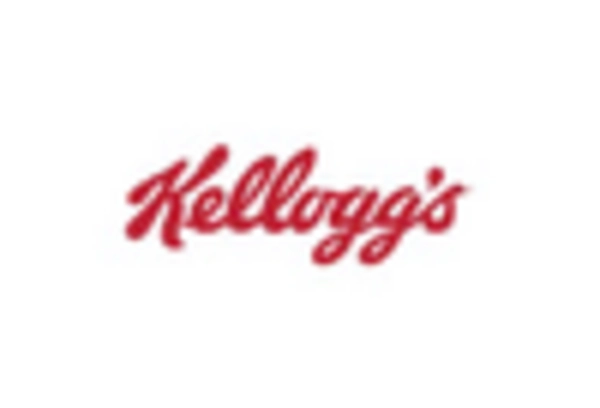


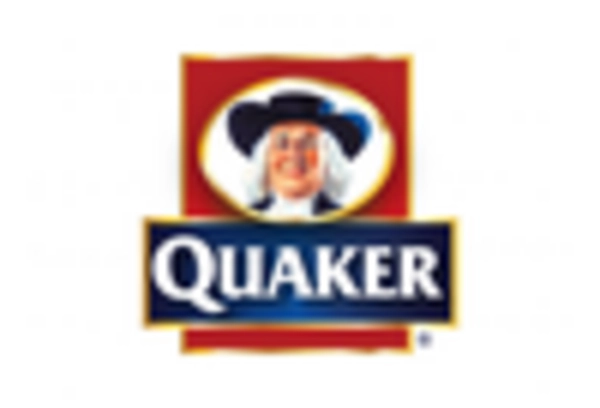








Leave a Comment